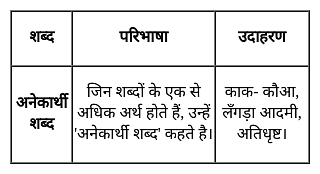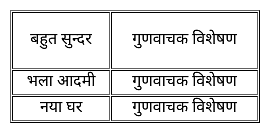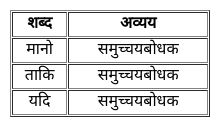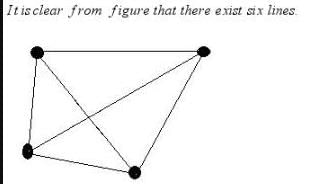BPSC TGT Math & Science Mock Test - 2 - Bihar PGT/TGT/PRT MCQ
30 Questions MCQ Test Bihar TGT Exam Mock Test Series 2024 - BPSC TGT Math & Science Mock Test - 2
'अनादर, उपेक्षा, निरादर' के लिए कौन सा अनेकार्थी शब्द सही है चयन कीजिए?
| 1 Crore+ students have signed up on EduRev. Have you? Download the App |
निम्नलिखित में समोच्चरित भिन्नार्थक शब्द-युग्म नहीं है:
निम्नलिखित प्रश्न में, चार विकल्पों में से उस विकल्प का चयन करें जो दिए गए वाक्य के भेद का सबसे अच्छा विकल्प हो ।
जुग जुग जिओ।
When did Bhutan begin opening its isolated country to foreigners?
Read the following text and answer the following questions on the basis of the same: In a potato race, a bucket is placed at the starting point, which is 5 m from the first potato and the other potatoes are placed 3 m apart in a straight line. There are ten potatoes in the line (see figures).

A competitor starts from the bucket, picks up the nearest potato, runs back with it, drops it in the bucket, runs back to pick up the next potato, runs to the bucket to drop it in, and she continues in the same way until all the potatoes are dropped in the bucket.
Q. What is the distance run to pick up the 4th potato?
Given four points such that no three of them are collinear, then the number of lines that can be drawn through them are:
In the given figure, if ∠AOB = 80o and ∠ABC = 30o , then ∠CAO is equal to
If one angle of triangle is equal to the sum of the other two angles then triangle is :
A quadratic polynomial whose zeroes are - 3 and 6, is
Directions: In the following questions, A statement of Assertion (A) is followed by a statement of Reason (R). Mark the correct choice as.
Assertion (A): The equation 8x2 + 3kx + 2 = 0 has equal roots than the value of k is ± ![]()
Reason (R): The equation ax2 + bx + c = 0 has equal roots if D = b2 – 4ac = 0.
Direction: India's national animal Tiger (which has also been under the radar of the government as its population declined in the country) has witnessed an increase in its population.
A survey was done by the Ministry of Environment, Forests and Climate change, according to which tiger population is on rise at the rate of 6 per cent every year from 2006 and 2018.

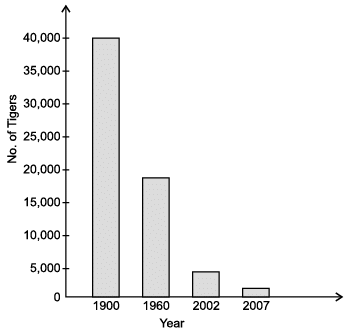
Pranav has found a report on status of tigers in India in last 100 years. He has some queries as follow :
Q. In which year, number of tigers were minimum?
Directions : In the following questions, A statement of Assertion (A) is followed by a statement of Reason (R). Mark the correct choice as.
Assertion (A): A manufacturer involved children in colouring playing top (Lattu) which is shaped like a cone surmounted by a hemisphere. The entire top is 5 cm in height and the diameter of the top is 3.5 cm. The area to be painted if 100 playing tops are given to him then will be 3955 cm2.
Reason (R): Slant height = ![]()
A double convex lens made of glass of refractive index 1.56 has both radii of curvature of magnitude 20cm. If an object is placed at a distance of 10cm from this lens, the position of the image formed is
Which of the following is not a Dobereiner triad -
The reduction potential values of M, N and O are +2.46, -1.13 and -3.13 V respectively. Which of the following order is correct regarding their reducing property?
The passage of current through a solution of certain electrolye results in the evolution of H2 at cathode and Cl2 at anode. The electrolytic solution is -
Which microscope made it possible to observe the complex structure of cell and its organelles?


